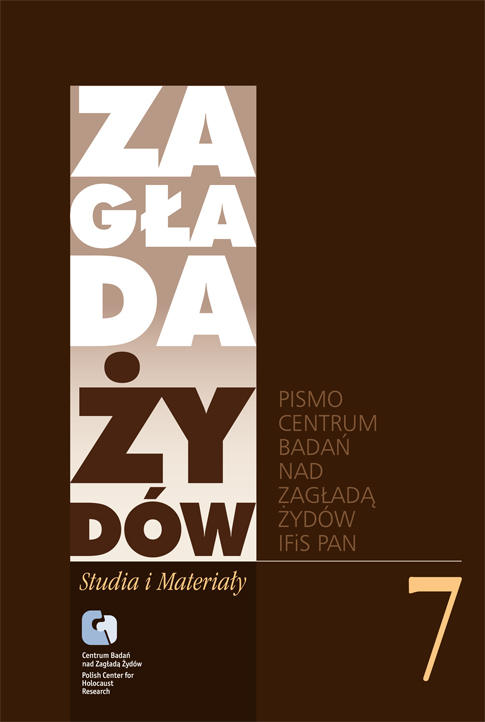Zagłada Żydów. Studia i Materiały, No. 7 (2011), Pages: 123-143
The article shows the phenomenon of the denunciation of the Jews in France during World War II. Based on the data from the archives of the Commissariat général aux questions juives (CGQJ), i.e. the anti-Semitic institution of the Vichy government, it is estimated that the authorities received from 3 up to 5 million denouncements during 1940–1944. Special police units operated in the Paris region. They systematically verified the denunciations sent to the authorities, German army and anti-Semitic newspapers. The Jews were a group most often attacked in the denunciations. The propaganda and political activity as well as the number of bans put on them contributed to such frequent denunciations. The article described the specificity of the denunciations, their characteristics and the response of the authorities and the institutions they were sent to.
 English
English
 Język Polski
Język Polski



